Due to their charming appearance and small size, Ragdoll cats are one of the most popular breeds of cat out there. However, they are also very expensive, with well-bred Ragdoll kittens costing a lot of money… and then there’s the yearly costs you will accrue as an owner. This is often over-looked.
If you’re thinking about getting a Ragdoll, please read the following as it explains why Ragdolls are so expensive to buy, important questions to ask a breeder, plus how much you will probably need to pay out each year.
Why are Ragdolls so expensive to buy? Ragdolls are expensive because they are a pedigree breed, have small litters, will often need a costly C-section to give birth, can have complications during and after pregnancy, and are in high demand. This means the breeders can charge high amounts, plus have expensive vet bills to pay for.

However, even non-pedigrees can still cost a lot, depending on the demand on the breeder and even the colour of their coat.
Now you know a small amount about why this breed is expensive, I wanted to break down all the costs in more detail, including how much a Ragdolls costs each year.
How much does a Ragdoll cost?
Ragdolls range in price from around $500 up to $2,000, although this price depends on a number of different factors, including the age of the cat, the place you buy it from and even the color of the fur. Pedigree Ragdolls have been known to sell for as much as $6,000 dollars.
Why are Ragdolls so expensive to buy?
Here are some of the factors which account into these high costs.
1. Their growing popularity
Ragdolls have been a popular status symbol cat since they first appeared in ancient China, being owned by numerous royal families in China and Europe and carrying on to becoming well known pets of the rich and famous.
Ragdolls are especially loving, being very affectionate towards their owner and loving lots of attention, meaning they make great life-long companions. Ragdolls are also known to be very cute, with many people loving their flat-nosed, rounded faces that also give them a comical look.
These factors make Ragdolls very popular, so the breeders know they can charge a premium price to people wanting to buy one.
It’s a seller’s market.
2. The breeding challenges of Ragdolls
Aside from the high demand, Ragdolls are also expensive because of the challenges in breeding them. Ragdolls often suffer from complications during pregnancy, with many breeders opting for Caesarean sections rather than a natural birth due to their narrow birth canals.
These medical bills and care for the kittens are another reason for the price of kittens to be so high.

The bottom line is this; Ragdolls invariably have complications during pregnancy and also special aftercare once the kittens are born.
These are factored in by the breeder, meaning most Ragdolls are very expensive to buy.
3. Common health problems
Ragdolls became a recognized breed by the International Cat Association in 1935. Today Ragdolls are seen as an incredibly fashionable cat, but this has unfortunately led to a history of overbreeding, resulting in many health issues including breathing difficulties, joint problems and hip dysplasia.
The squashed face that makes them so popular has been breed into them over the years, but this has resulted in them being a breed highly susceptible to health problems. It’s a common concern with brachycephalic cats.
Because of this, getting a healthy Ragdoll from a reputable breeder is highly recommended, although it will be more expensive.
4. Colour can dictate costs
The colour of the fur is surprisingly a rather major factor in how much a Ragdoll costs. Ragdolls most commonly come in fawn and black, with fawn also being the most popular colour.
Because of their more fashionable nature, fawn colored Ragdolls are far more expensive because of the higher demand. If you are looking for a more affordable Ragdoll, consider getting a different colored Ragdoll for a lower price.
Handy Hint: Don’t buy a Ragdoll until you’ve read all the important things you need to ask a kitten breeder. This guide also includes the questions you must ask the breeder before buying to ensure you get a healthy and happy Ragdoll kitten.
How much does a Ragdoll cost a year?
But what about the annual costs of owning a Ragdoll?
Well, buying a Ragdoll is one thing but knowing the full cost of properly caring for this breed is another. Ragdolls are known to be rather high-maintenance cats and are known to suffer from a number of different health issues due to their history of overbreeding, although this does vary on a case-by-case basis, depending on your cat’s bloodline and overall health.
Many people overlook this fact, and are attracted to how Ragdolls look, get the money together to buy one, and then have no awareness of what costs are in store.
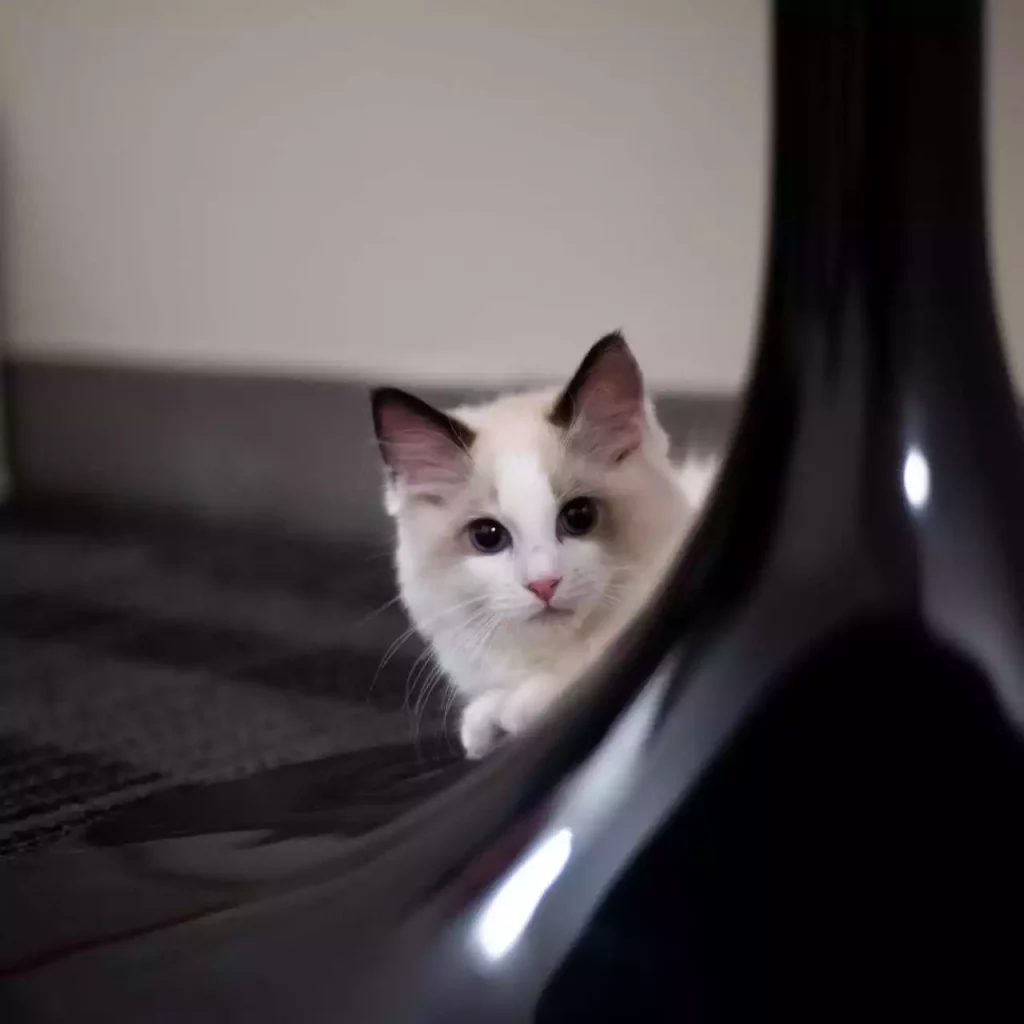
It’s important to understand how much a Ragdoll costs a year, as it will be far more than you are probably expecting.
I spoke to a Ragdoll owner and asked them how much it costs to own theirs each year.
Here’s the reality check for you…
- How much it costs to buy a Ragdoll: $500 to $2,000.
- Annual food and treats: $550 a year.
- Cat insurance: $390 a year.
- Visits to the vet: $170 a year.
- Annual health check at the vets: $55 a year.
- Flea treatment and tick collars: $240 a year.
- Cat toys and bed: $95 a year.
- Cat walker and cat sitting: $780 a year.
Add all that up, and it costs $2,280 a year to own a Ragdoll! That’s a lot of money and probably far more than you would imagine.
It’s also worth mentioning at this point, that the costs of owning a Ragdoll listed above were given to me by an owner whose cat hasn’t had any serious health complications.
With Ragdolls being renowned for health issues, the costs above are conservative to say the least!
Owning any breed of cat will naturally end up costing you more than you think. Buying cat food, toys and other products to properly care for your cat at home, as well as veterinary bills and other expenses can soon mount up.
However, because of their known history of health problems as a breed, Ragdolls are renowned for suffering from a number of different serious health issues, including breathing problems, hip dysplasia, arthritis and skin infections.
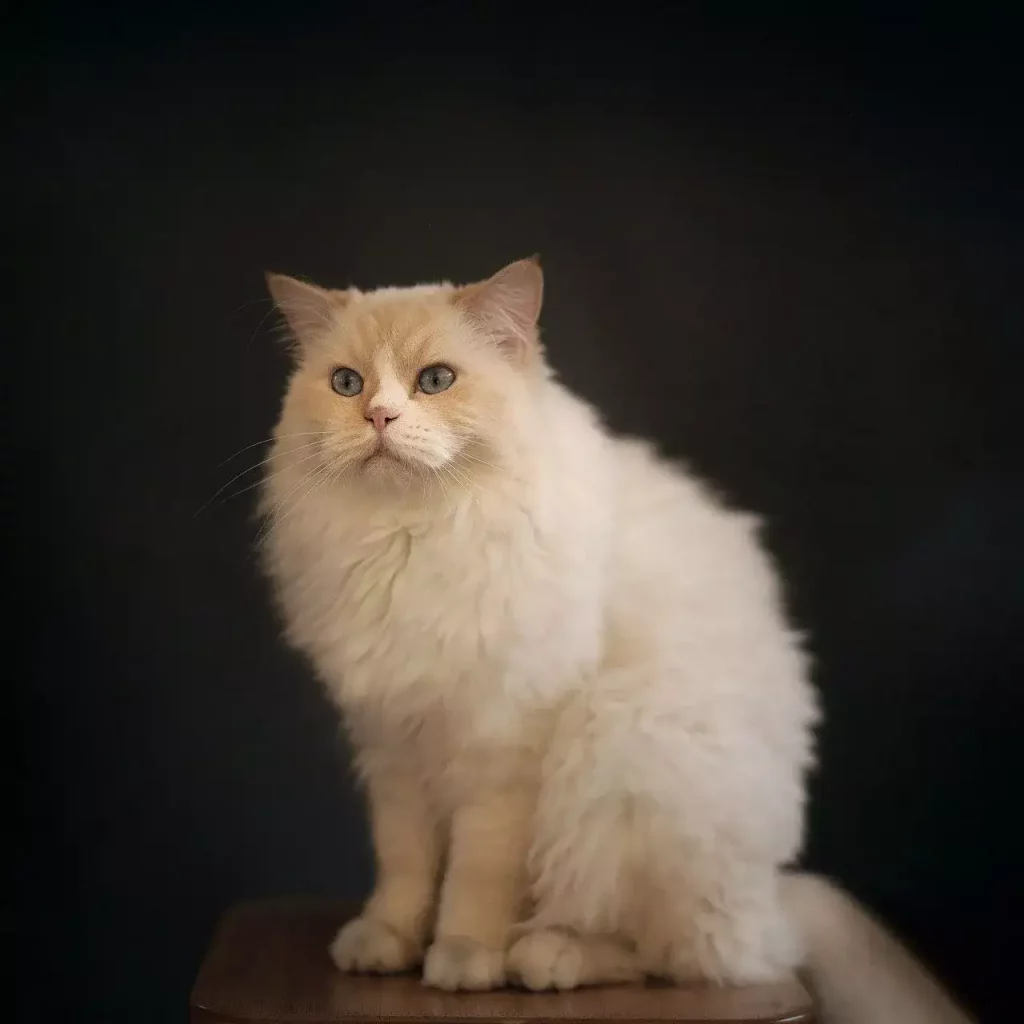
Because of this it is recommended that you take out good pet insurance, as you will be visiting the vet a few times a year on top of annual vaccinations, worming, flea treatments and other general illnesses.
Things to look out for when buying a Ragdoll
I previously blogged about the type of questions you need to ask a breeder when buying a cat. I recommend you read that, as the same questions apply for any pedigree cat breed.
When buying a Ragdoll kitten, finding a reputable breeder is a must. Because of the high demand, kitten farms and illegal kitten sellers make their money selling poorly bred, unhealthy kittens to unsuspecting pet owners wanting to find a good deal.
To ensure you get a healthy kitten, buy from recommended and fully licensed breeders.
You should also consider adoption from animal shelters. It’s a good way of finding more affordable cats, although Ragdoll cats and Ragdoll kittens especially are very quickly snapped up.
Adopting an already adult cat pushes down the price and also gives an otherwise unwanted cat a happy home for many years to come, while also allowing you to avoid to challenging kitten and adolescent stages.
Conclusion
Ragdolls are a very charming cat breed, with their squished faces and small, compact form making them very easy to cuddle and play with. Like many small cats, Ragdolls are seen to be charming for a number of different reasons, both because of looks and personality.
Ragdolls are also incredibly sensitive, in both a physical and emotional sense.
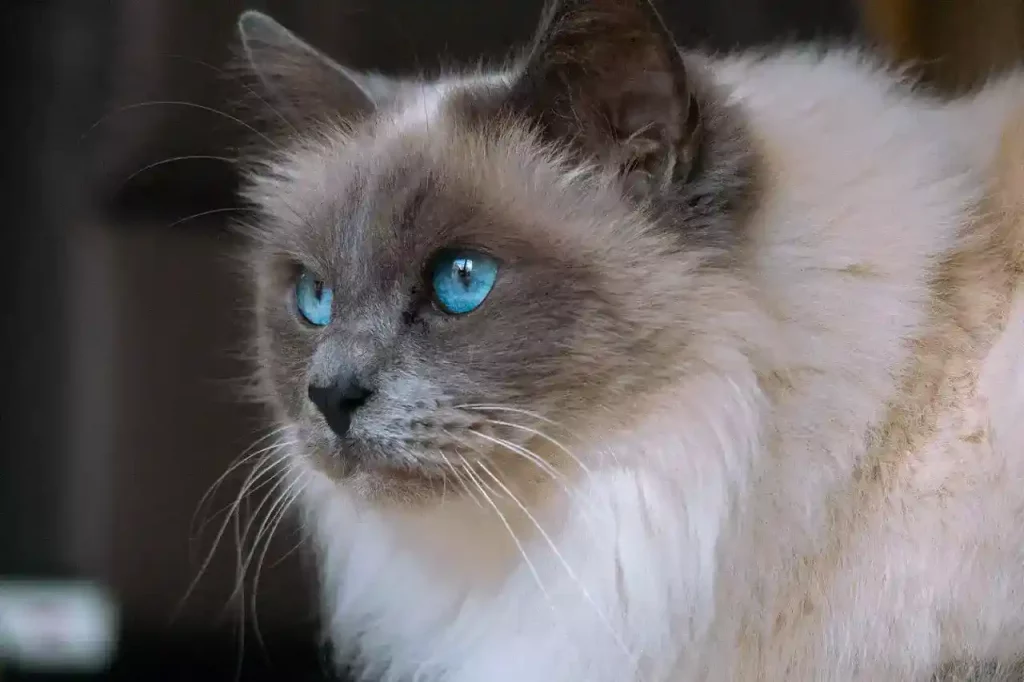
But it’s their history of overbreeding that make them more likely to suffer from breathing and orthopaedic problems, meaning that you need to take extra care when picking up and handling your Ragdoll.
And this is where the costs of the breed accumulate and why Ragdolls are so expensive to buy.
I will leave it up to you to ask yourself the ethical questions before you consider buying a Ragdoll based on all the facts I’ve laid out today.
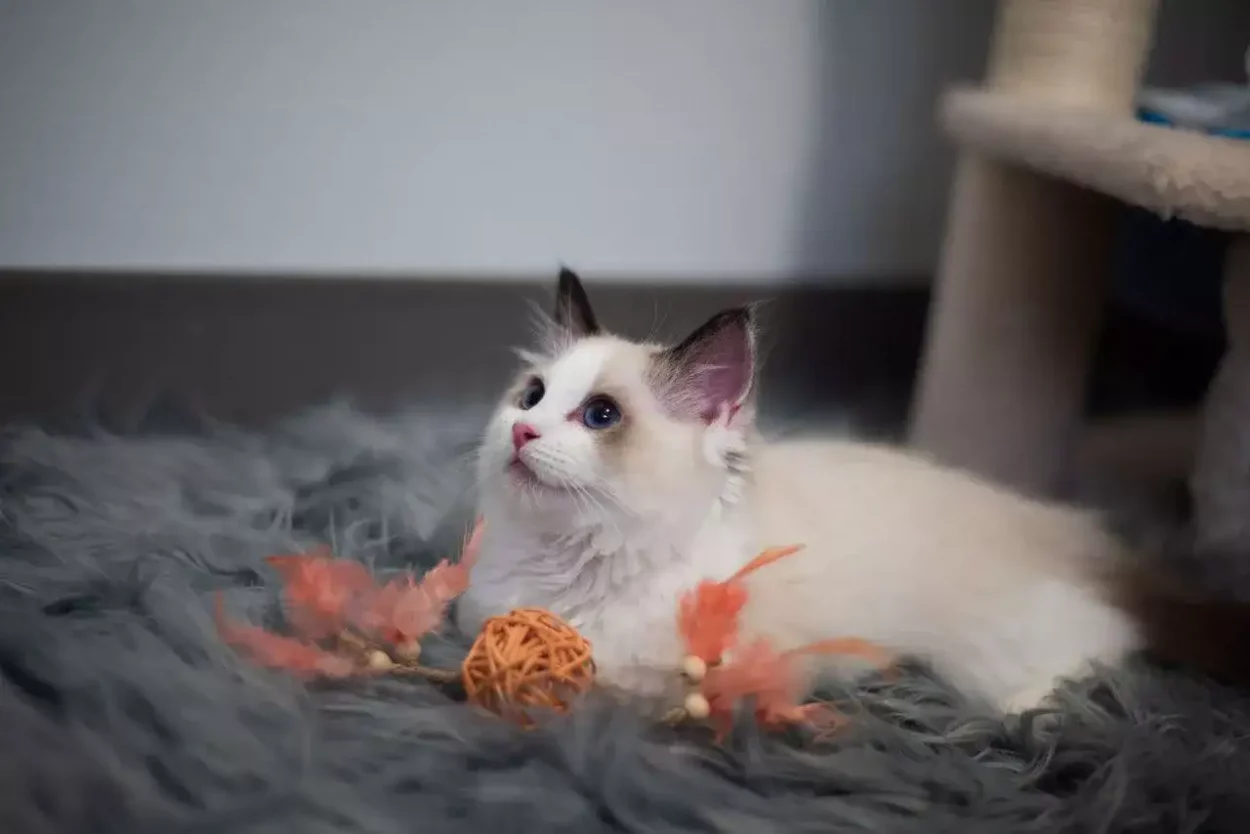
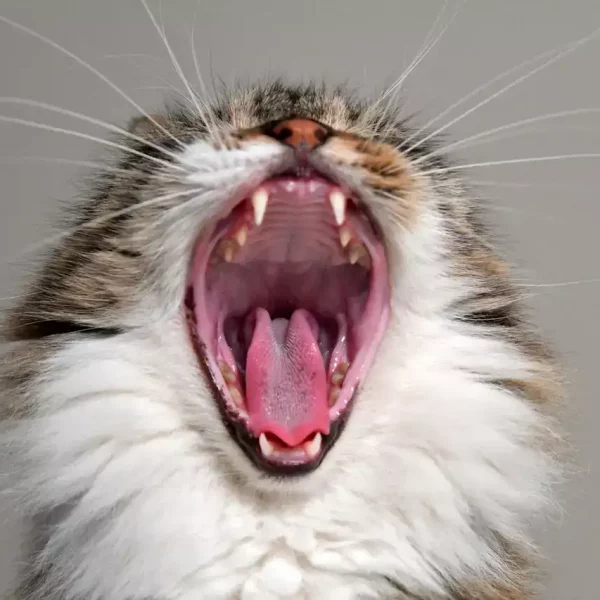
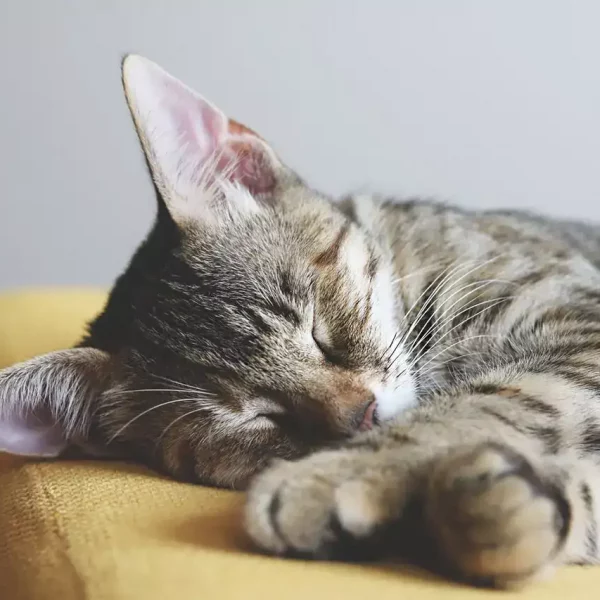
Leave a Comment